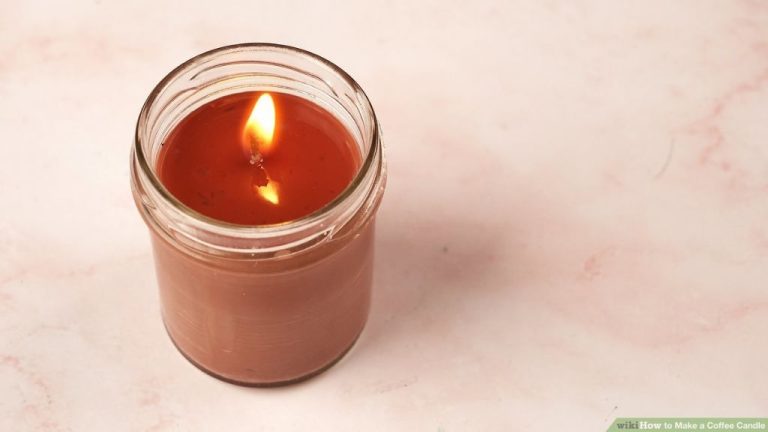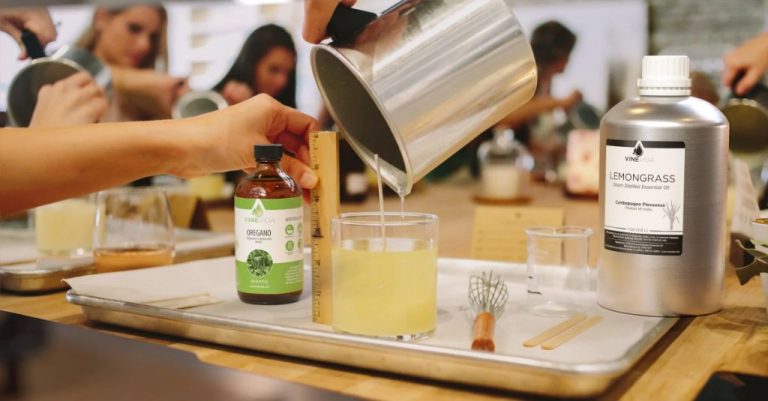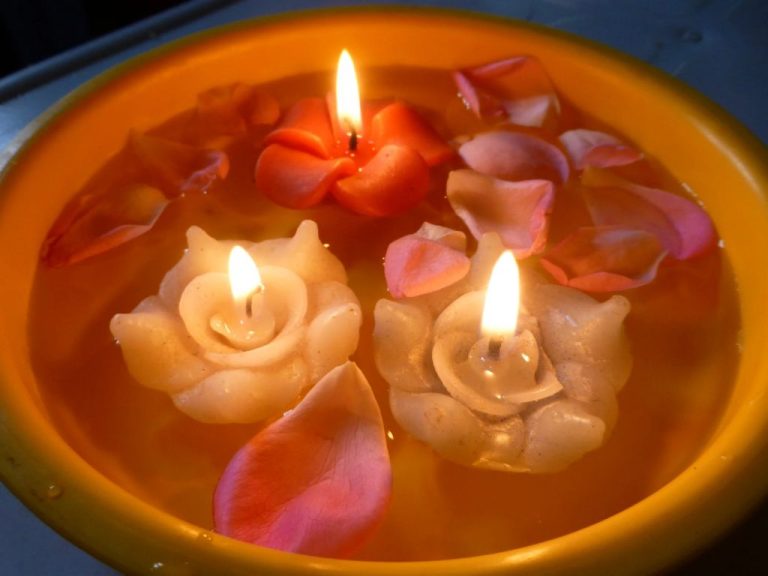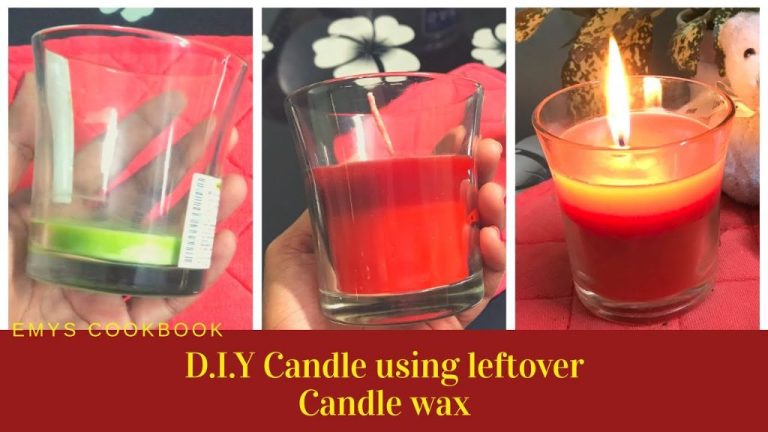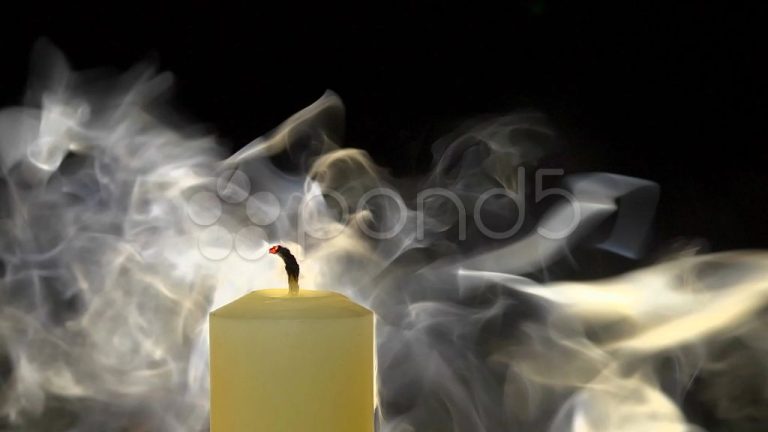At What Temp Does Candle Wax Melt?
Candle wax is a key component in candle making, providing the solid fuel source that melts into liquid form to feed the candle flame. Knowing the melting point of a wax is critical information for candle makers. The wax melting point determines the best temperature to melt wax for pouring candles, how the wax interacts with wicks and fragrance oils, and how well the candle will retain its shape. Selecting the proper wax type with an ideal melting point range allows candles to burn evenly while minimizing issues like melted wax pooling or tunnels forming down candle centers. This article provides an overview of common candle waxes, their melting points, and why the melting temperature matters for successful candle creation.
What is Candle Wax?
Candle wax refers to the material that makes up the body of a candle. It is usually comprised of a mixture of hydrocarbons, resins, oils and fats that remain solid at room temperature. The most common types of candle waxes include paraffin wax, beeswax, soy wax, palm wax, and coconut wax.
Paraffin wax is the most widely used candle wax. It is a petroleum byproduct created from refining crude oil. Paraffin wax is highly refined and bleached resulting in a white color. It is an inexpensive option that burns cleanly with little scent or smoke (https://healthmenza.com/candle-wax/).
Beeswax is a natural wax produced by honey bees. It has a natural honey aroma and emits negative ions when burning. Beeswax candles are pricey but burn brighter and longer than other waxes. The wax is often blended with other waxes or oils.
Soy wax is made from hydrogenated soybean oil. It burns cleanly and has little to no scent. Soy wax melts at a lower temperature so these candles must be burned in contained vessels. Soy wax is biodegradable and renewable.
Palm and coconut waxes are also natural vegetable-based waxes. They are creamy in color and emit tropical scents when burned. These waxes are often mixed with paraffin or beeswax.
In summary, candle wax is primarily composed of paraffin, beeswax, soy wax, palm wax, and coconut wax. The ingredients affect the color, scent, melting point, and burn properties of the candle (https://healthmenza.com/tag/what-is-candle-wax-composed-of/).
Common Types of Candle Waxes
The most common types of wax used in candle making include:
Paraffin Wax – This is the most popular candle wax and makes up the majority of candles. Paraffin wax is derived from petroleum. It is inexpensive, burns consistently, and can hold fragrance oils well (https://www.morouge.ca/en-usa/blogs/makers-talk/candle-wax). However, paraffin wax produces more soot than other waxes when burning.
Soy Wax – Soy wax is made from hydrogenated soybean oil. It burns cleaner than paraffin with less soot. Soy candles need to be wicked properly to ensure a complete melt and full fragrance throw. Soy wax also holds scent well (https://www.morouge.ca/en-usa/blogs/makers-talk/candle-wax).
Beeswax – Beeswax is a natural wax made by honey bees. It has a honey-like scent when burning. Beeswax is compatible with essential oils but does not hold artificial fragrances as well. It burns clean but can be prone to fouling and melting issues (https://www.quora.com/Which-types-of-wax-are-best-for-making-candles-and-what-are-the-pros-and-cons-of-each).
Gel Wax – Gel wax contains mineral oil so it has a transparent, gel-like appearance. It is softer than other waxes. Gel candles need to be burned in containers with straight sides to avoid warping. The wax can sweat in warmer environments (https://www.morouge.ca/en-usa/blogs/makers-talk/candle-wax).
Melting Points of Different Waxes
The melting point of wax varies significantly depending on the type of wax used in candle making. Here are some common melting points:
- Paraffin Wax – 120-150°F
- Soy Wax – 115-135°F
- Beeswax – 144-147°F
- Palm Wax – 135-143°F
- Gel Wax – 88-100°F
Paraffin wax, made from petroleum, has the highest melting point which makes it ideal for pillar candles and votives. Soy wax, made from soybeans, melts at slightly lower temperatures so it’s better for container candles. Beeswax has a very high melting point so it’s difficult to work with unless blended with other waxes. Gel waxes have the lowest melting points and are used for jar candles and wax melts.
Knowing the exact melting point of the wax type is crucial for proper candle making. Wax that is too hot or too cold will not set up properly in the candle mold. Following the manufacturer’s guidelines for ideal melting temperature helps ensure the wax achieves the right viscosity and crystallization as it cools into a solid candle form. Proper melting points also affect burn quality and fragrance retention in the final candle product.
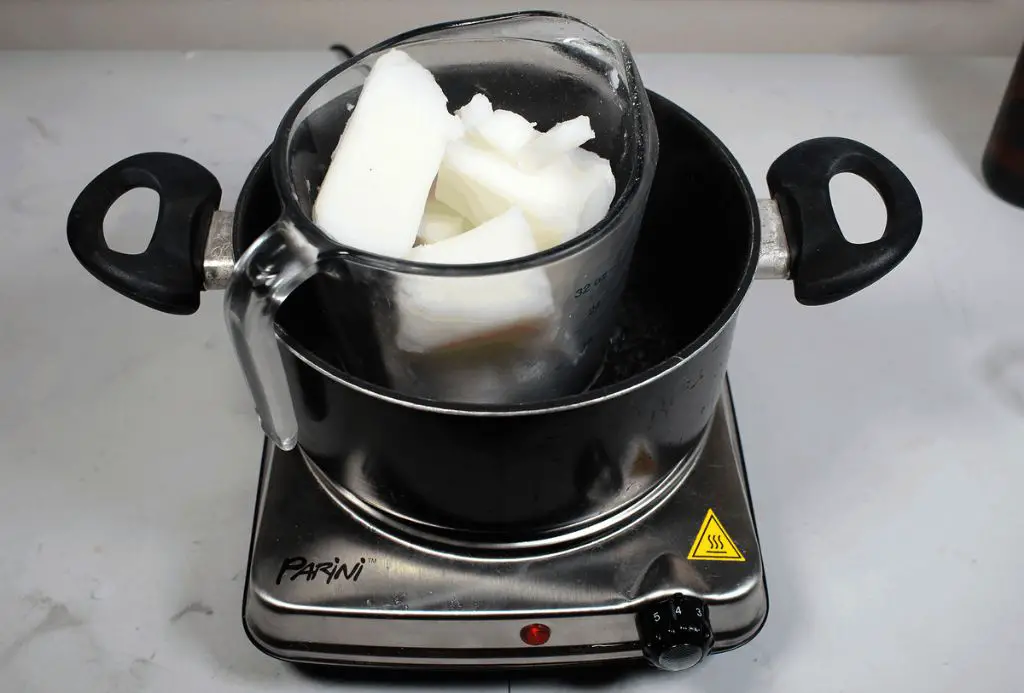
Why Melting Point Matters
The melting point of a candle wax is crucial because it directly impacts several key aspects of candle performance including burn time, fragrance release, and wax appearance.
Candle waxes with higher melting points, such as paraffin wax which melts at 130-150°F, tend to burn slower and release fragrance less intensely. The high melting point keeps the wax in a solid state longer before melting into a liquid state while burning. This results in a longer burn time but less fragrance diffusion into the air.
Waxes with lower melting points like soy wax (115-125°F) and coconut wax (92-97°F) melt faster when lit and therefore burn more quickly. However, the lower melting point allows fragrance oils to be released at a faster rate since the wax transforms to a liquid state sooner.[1] This leads to a stronger fragrance but shorter burn times.
The wax melting point also affects the appearance. Waxes that melt at higher temperatures tend to hold their shape better without bending or slumping when exposed to warm environments. Finding the ideal melting point provides a balance between fragrance, burn time, and structural stability.
Ideal Melting Point Range
The target melting point range for good candle performance is typically between 120-150°F (49-66°C). This allows the wax to melt at normal ambient temperatures when the candle is lit, while remaining solid and retaining its shape at average room temperature when not in use.
According to experts, the ideal melting point is 130-135°F (54-57°C). This range provides a good balance – wax that melts too low can lose its shape in warm environments, while wax with too high of a melting point may not melt properly when burned, preventing the fuel from being drawn up through the wick.
Most standard candle waxes like paraffin, soy, and beeswax have melting points within or near this optimal range. However, there are specialty waxes with melting points far outside this window in both directions. When selecting a wax, it’s important to consider the climate and average ambient temperatures where the candle will be used.
Methods to Measure Melting Point
There are a few common methods used to measure the melting point of candle wax:
Lab Testing: Professional candle makers often send samples of their candle wax to accredited laboratories for testing. The lab uses specialized equipment like thermocouple thermometers to precisely measure the temperature range at which the wax transitions from solid to liquid state. This provides the most accurate melting point data.
At-Home Testing: Hobbyist or small-scale candle makers can test melting point at home using simple methods. An easy technique is to heat a small amount of solid wax in a melting pot, stirring periodically with a thermometer until it reaches a completely liquid state. The temperature range over which the wax “melts” can be observed on the thermometer. Another common home method is performing a basic candle “burn test” and noting the melt pool depth and shape after one hour of burning.
Testing melting point is important for optimizing wax selection, wick sizing, candle vessel design, and ideal burn characteristics. The wax melting point range impacts the candle user experience and safety.
Factors That Affect Melting Point
There are several key factors that can influence the melting point of candle wax:
- Wax Purity – The more pure the wax, the higher its melting point will be. Impurities and adulterations in wax can lower its melting point. Beeswax, for example, has a very high melting point of 144-147°F when pure, but adulterated beeswax may have a lower melting point.
- Wax Blends – Blending different types of waxes together will modify the melting point. Adding a wax with a lower melting point like soy wax (which melts at 125-135°F) to a wax with a higher melting point like paraffin (melting point of 130-145°F) will lower the overall melting point of the blend. The ratio of the waxes impacts the melting point of the blend.
- Fragrance Oils – Some fragrance oils can slightly reduce the melting point of waxes when added at concentrations around 5-10%. The chemical composition of fragrance oils impacts how much they reduce wax melting points.
- Dyes and Colorants – Like fragrance oils, certain dyes and colorants may marginally decrease wax melting points, especially when used at higher concentrations.
- Additives – Incorporating additives like vybar or beeswax can increase melting points, while adding oils can decrease melting points.
- Production Process – The way wax is processed and handled can influence melting points. Overheating wax during production can alter its chemical structure and melting point.
The purity of waxes used, ratios for blends, and types and amounts of additives all impact the final melting point. Testing melting point at multiple stages during candle making is key.
Maintaining Proper Melting Point
The melting point of candle wax is crucial for candle makers to understand and control. Maintaining the proper melting point range allows for good viscosity and texture when pouring candles, ensures even burning, and allows effective scent and color dispersion. According to Nikura, the ideal melting point range for candle wax is 46-82°C (115-180°F), depending on wax type.
Here are some tips for candle makers to achieve the ideal melting point range:
- Use a thermometer – Invest in a thermometer made for wax to accurately measure temperature. According to Supplies for Candles, heating wax 10-15°C above its melting point is recommended.
- Heat slowly – Heat wax slowly, especially in a double boiler. Rapid heating can scorch wax and alter its melting point. Stir regularly to distribute heat evenly.
- Avoid overheating – Once melted, remove wax from heat source to avoid overheating. Overheated wax may discolor or lose its scent throw.
- Consider additives – Some additives like wax hardeners can raise melting point. Others like oil can lower it. Factor this in when formulating.
- Test compatibility – When blending waxes, test melting points to ensure compatibility and proper blending.
- Check label – If using manufactured wax, follow guidelines on label for proper melting point.
- Keep records – Take notes on optimal melt temperatures for specific wax blends for consistency.
Paying close attention and controlling wax temperature is key for DIY candle makers seeking quality results. Investing in a good thermometer and learning ideal melt ranges for waxes used will help produce flawless candles.
Conclusion
In summary, monitoring the melting point of candle wax is crucial for achieving optimal candle performance and enjoyment. The melting point determines the ideal temperature range in which a candle will burn cleanly and efficiently. Selecting the proper wax for your needs, taking into account factors like fragrance load and additive ingredients, allows you to create candles with melting points that produce an even burn and pleasing hot and cold throw. Careful attention to melting point ensures that wax fully liquefies to be drawn up the wick, while resisting slumping and overheating in warmer conditions. Whether making candles as an artistic hobby, spiritual practice, or decorative element in your home, understanding wax melting points helps maximize the beauty, scent, and longevity of your creations.

